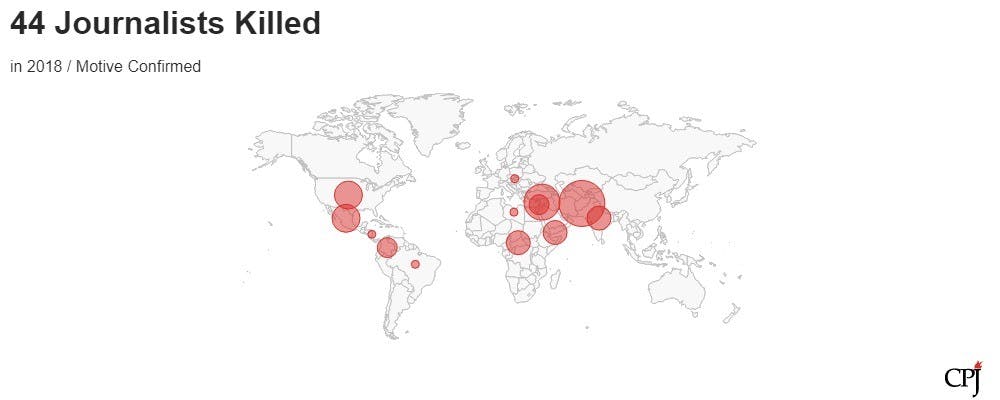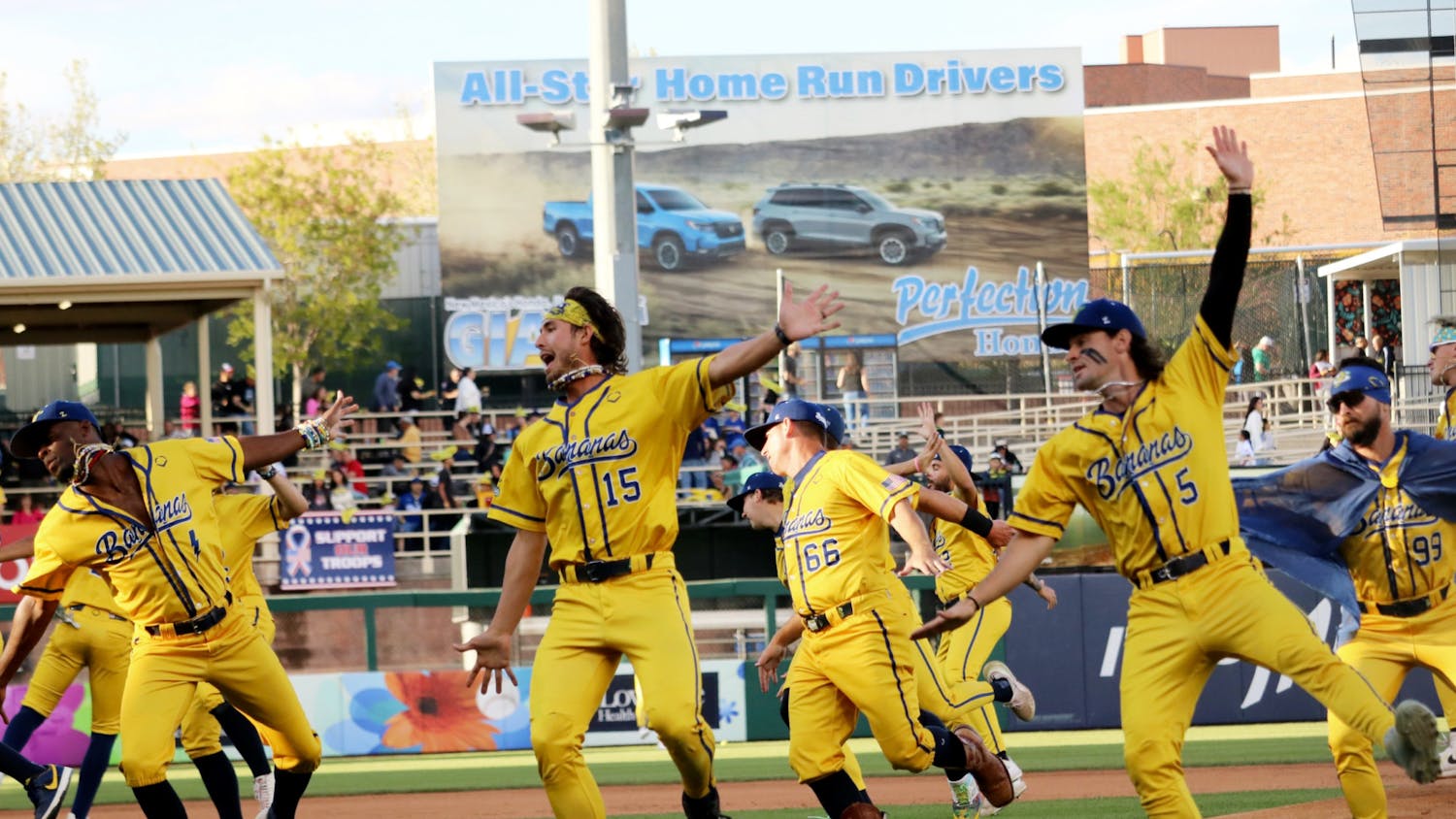On Oct. 2, Jamal Khashoggi walked into the Saudi consulate in Istanbul. He hasn’t been seen since.
While the official status of his whereabouts are still unknown, Turkish officials have stated they have proof that Khashoggi, a columnist for the Washington Post, was killed and dismembered after entering the consulate. Saudi officials state that Khashoggi exited the building through a back door, and was never imprisoned nor murdered — although that is looking less and less likely.
Khashoggi, a respected journalist and close adviser to the royal family in Saudi Arabia, was in a position to explain the insular mechanisms of Saudi power in a way few others could. His columns became increasingly critical of the Saudi government, especially of the royal family.
Whatever happened to Khashoggi in the consulate, it is the latest instance of violence against journalists and media workers across the world. It seems as though every month, there is another incident in which journalists are targeted for their coverage, whether it be the act of an individual, the state or a mixture of both.
According to Reporters Without Borders, an international organization dedicated to protecting journalists and free speech across the globe, 70 journalists and media assistants have been killed in 2018 so far. The total for all of 2017 was 74.
This doesn’t even include the 320 journalists and media workers currently imprisoned around the world. Countries like China, Eritrea and — funnily enough — Turkey are notorious for imprisoning journalists they deem a threat to national security.
Of course, violence against journalists consists of more than just state-sponsored assassinations and imprisonment. Sometimes, it’s far more subtle. By creating distrust in the media, those in power can not only debilitate the ability of the media to report the news, but also potentially put those same reporters in harm’s way.
Some examples of violence against journalists this year include:
- Afghanistan — Ten journalists alone were killed in one day on April 30, the majority of whom were killed by suicide bombers in Kabul. A total of 14 reporters and media workers have been killed this year in a country consistently ranked one of the most dangerous for journalists in the world.
- Mexico — Six journalists have been killed this year in Mexico, but what’s even more startling are the 138 journalists that have been killed in the country this century. Many blame the murders on various drug cartels around the nation.
- United States — The journalism community was rocked when a mass shooter came to The Capital Gazette in Annapolis, M.D. and killed four staff members. A total of six journalists have been killed in 2018, the deadliest year for journalists in America ever.
To summarize, there’s no indication that violence and imprisonment of journalists is lessening. If you take a look at the Reporters Without Borders’ statistics on slain journalists from previous years, dozens of journalists are killed every year. 2018 is not an exception, it’s merely part of the pattern.
President Donald Trump, taking a break from his lambasting of the media and “fake news,” recently said that the murder of Khashoggi was “terrible and disgusting… if that was the case.”
Whether or not Trump will take any action against Saudi Arabia for Khashoggi’s disappearance is unclear, although he has never been shy of railing against media outlets critical of his presidency. He went so far as to hint that the New York Times committed treason by running an anonymous op-ed from a member of his administration.
Get content from The Daily Lobo delivered to your inbox
However, if there lies any hope of remedying the issue, it will take the concerted effort from all the world’s leaders to tackle the problem, so journalists can stop being killed just for doing their jobs.
Kyle Land is the editor-in-chief for the Daily Lobo. The opinions reflected in this editorial are his own. He can be contacted by email at editorinchief@dailylobo.com or on Twitter @kyleoftheland.






